Aquatic insects have been used in biomonitoring for about a century as a way to assess the health of riparian areas. Biomonitoring adds informative data to chemical testing of water. Chemical testing provides valuable information about a particular component, such as dissolved oxygen or the concentration of a pollutant, at one moment in time. Biomonitoring is a way to assess whether all of the components of a system are such that they support the surveyed organisms over their entire lifespan. Both chemical and biological surveys can be combined to give a fuller picture of ecosystem health. Biomonitoring of aquatic insects is now being used not only to assess current and past ecosystem health, but also to predict future changes, for example in response to climate change.
In recent years, concerns about the effects of human-driven climate change on riparian ecosystem have increased. Climate change is projected to alter precipitation patterns, the timing of seasonal transitions, and extremes of both heat and cold, among other effects. These changes will affect different members of biotic communities differently according to their ability to adapt to changing conditions or disperse to more favorable habitat. We can use species distribution modeling to identify key characteristics of favorable habitat, and use patterns we find today using landscape genetics to identify potential obstacles that could prevent taxa from shifting ranges.
We are fortunate to be doing this as part of a larger consortium on campus, the Berkeley Initiative in Global Change Biology, or BIGCB. With funding from the Vice Chancellor’s Office, the Moore Foundation and the Keck Foundation, the BIGCB is focused on global change forecasting for California ecosystems, using analyses of fossil, historic and current data to better understand California ecosystems responses to environmental change and make predictions of future ecosystem changes.
Brian Ort
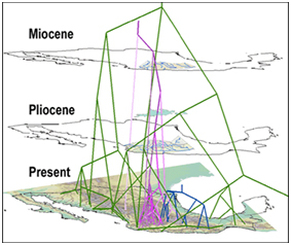
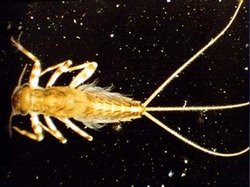
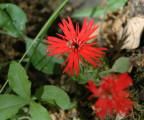
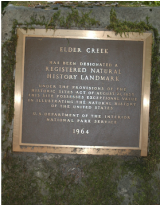
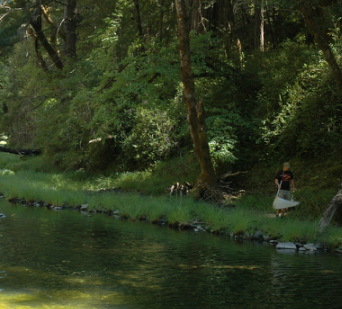
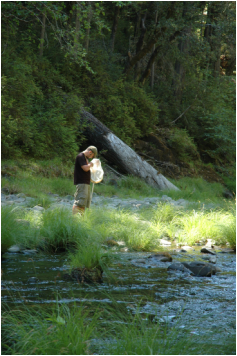
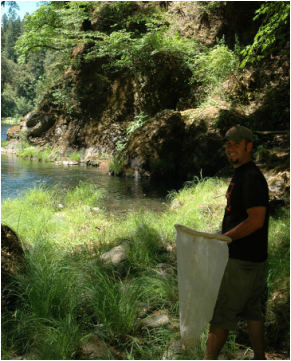

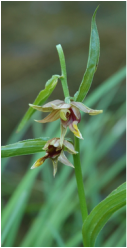

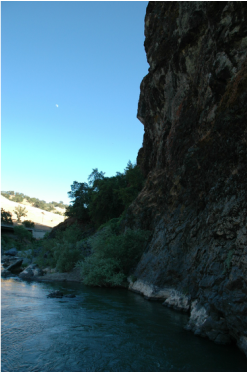


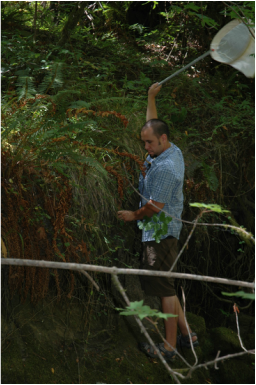
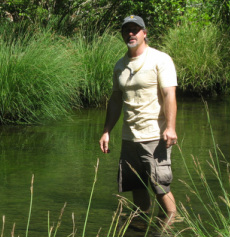
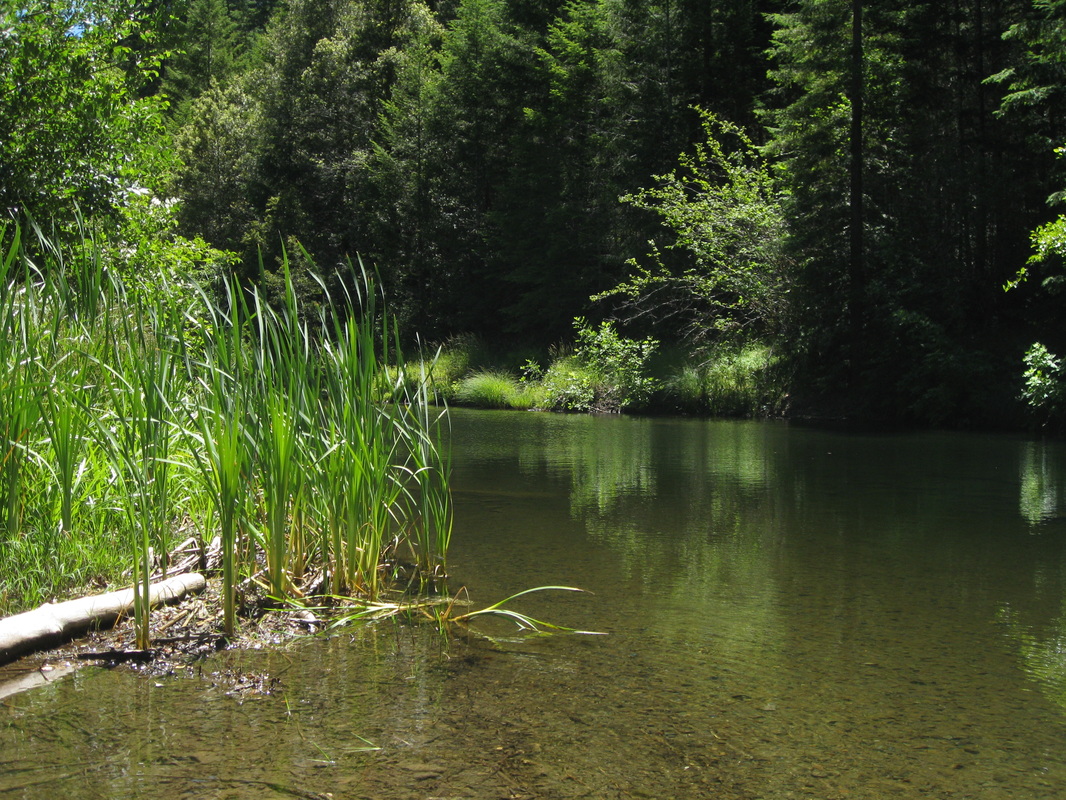
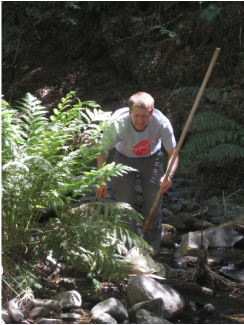
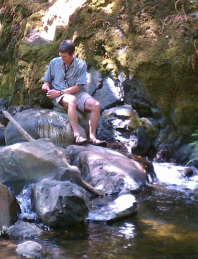
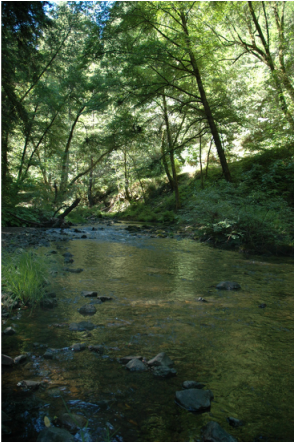
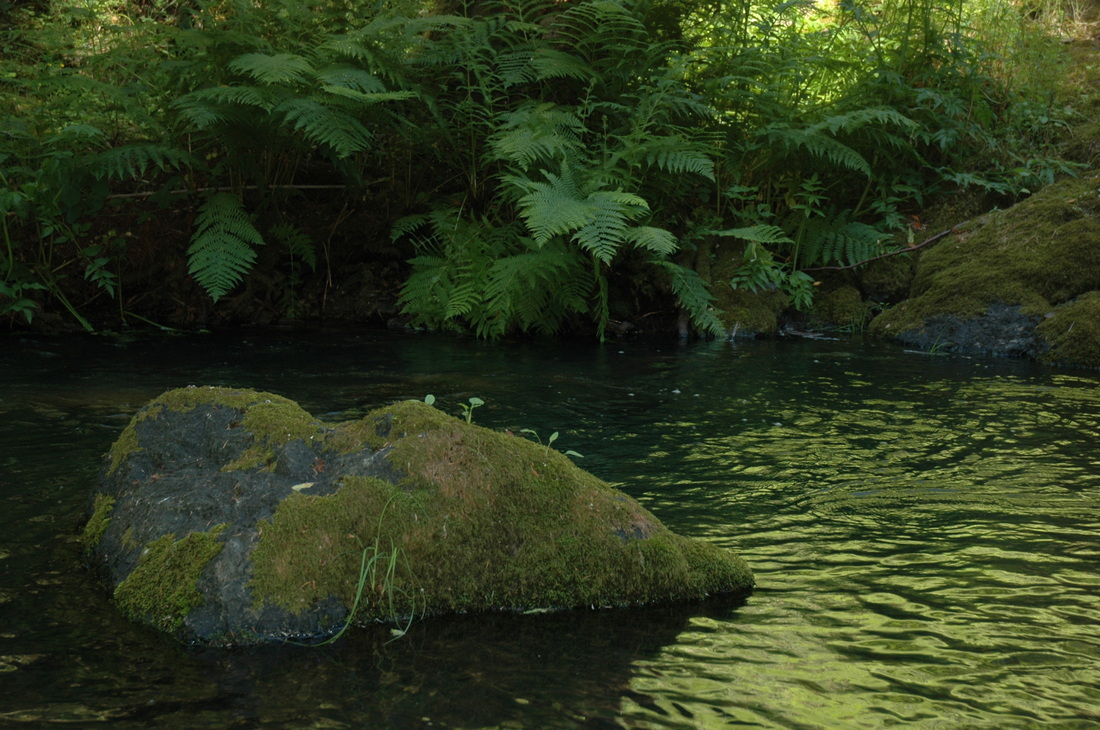
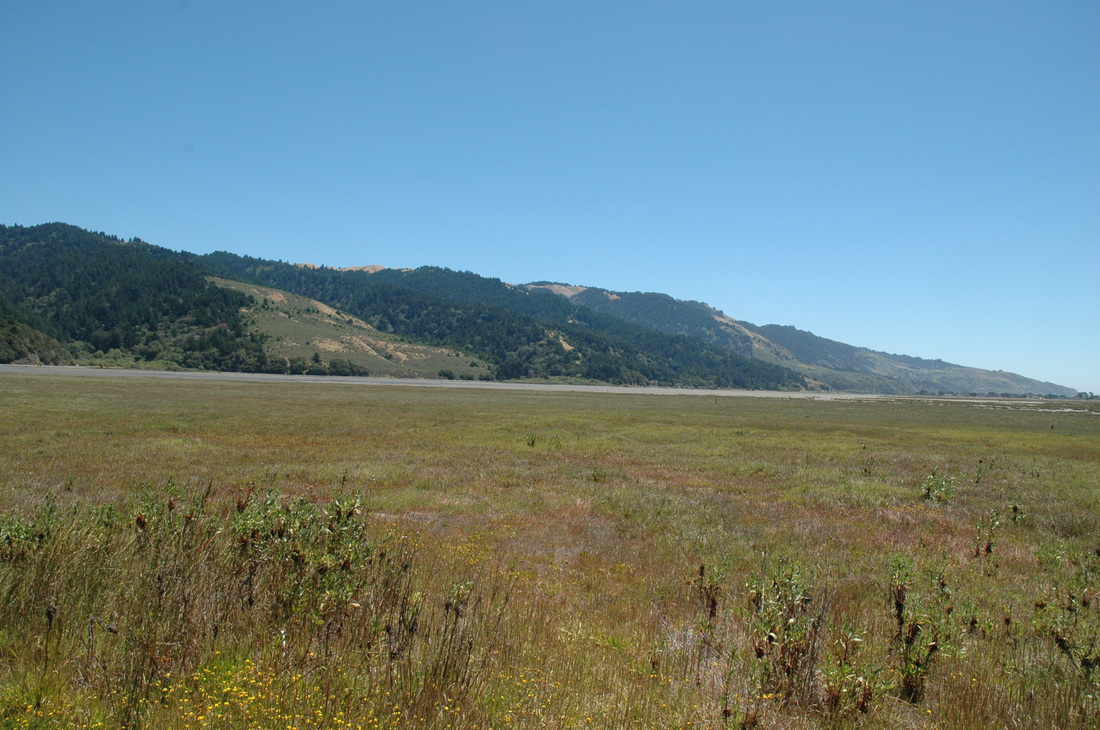

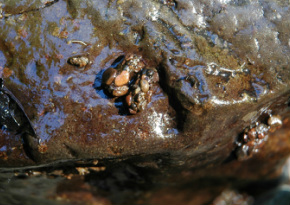
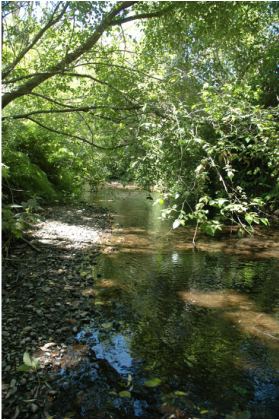
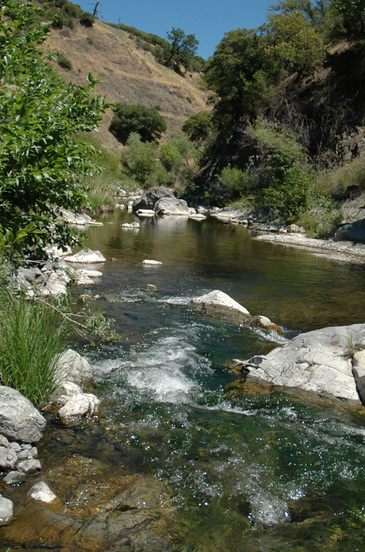
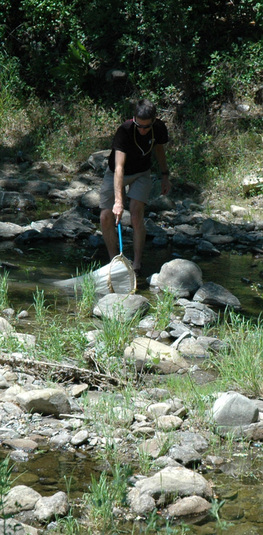
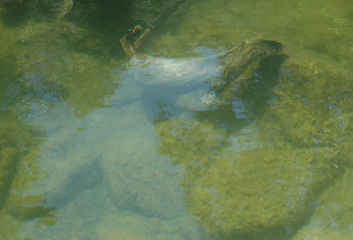
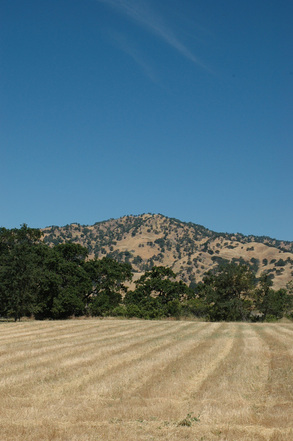
 RSS Feed
RSS Feed
